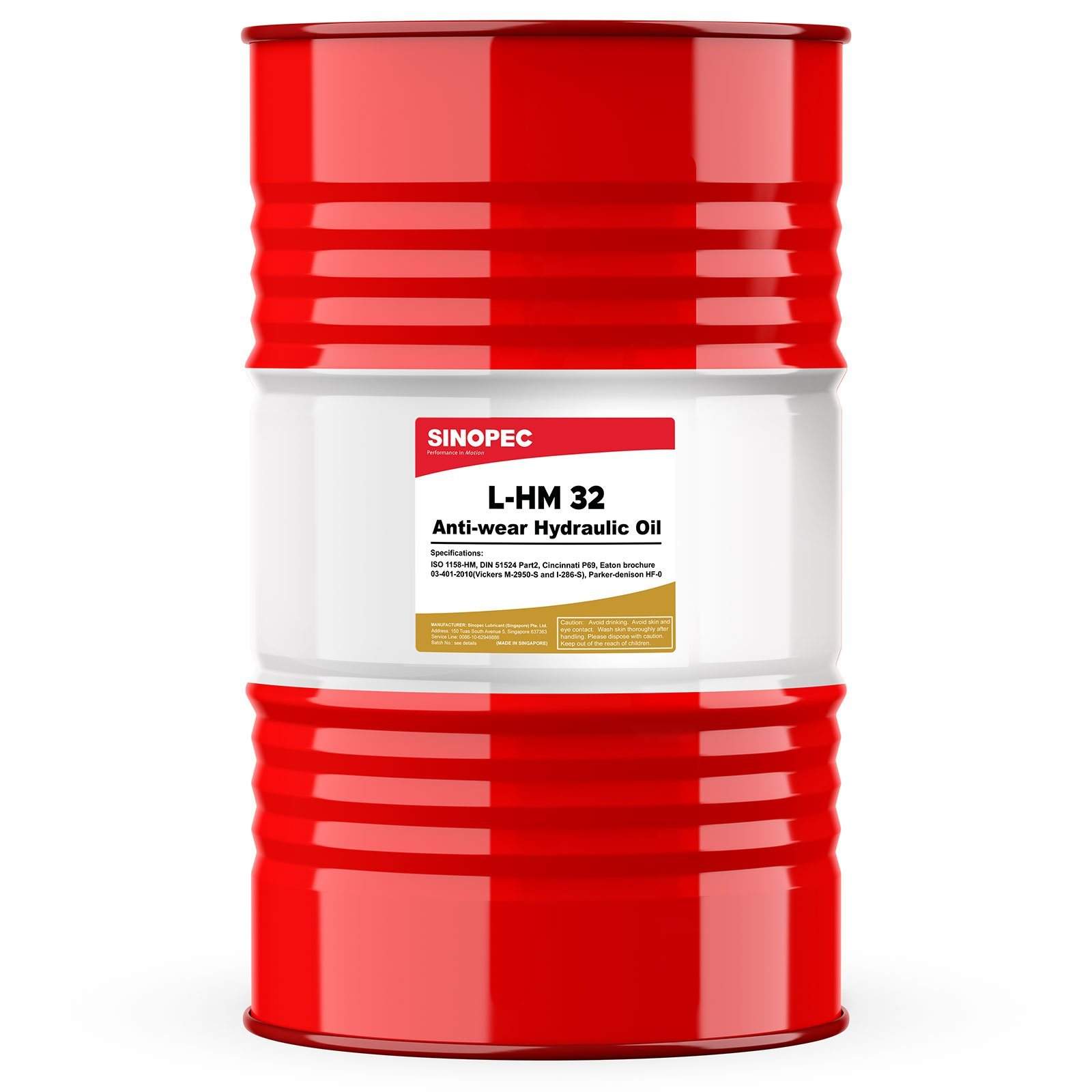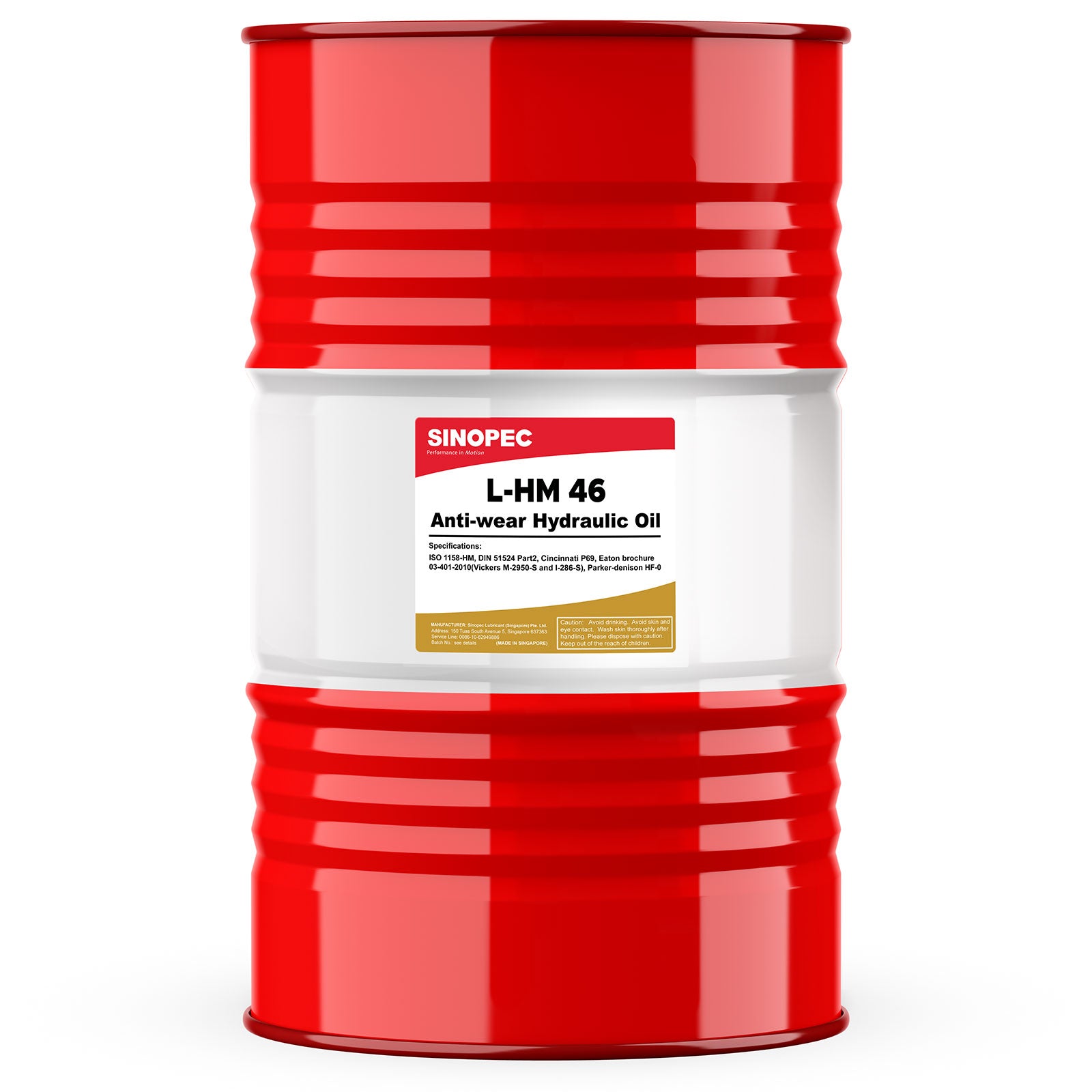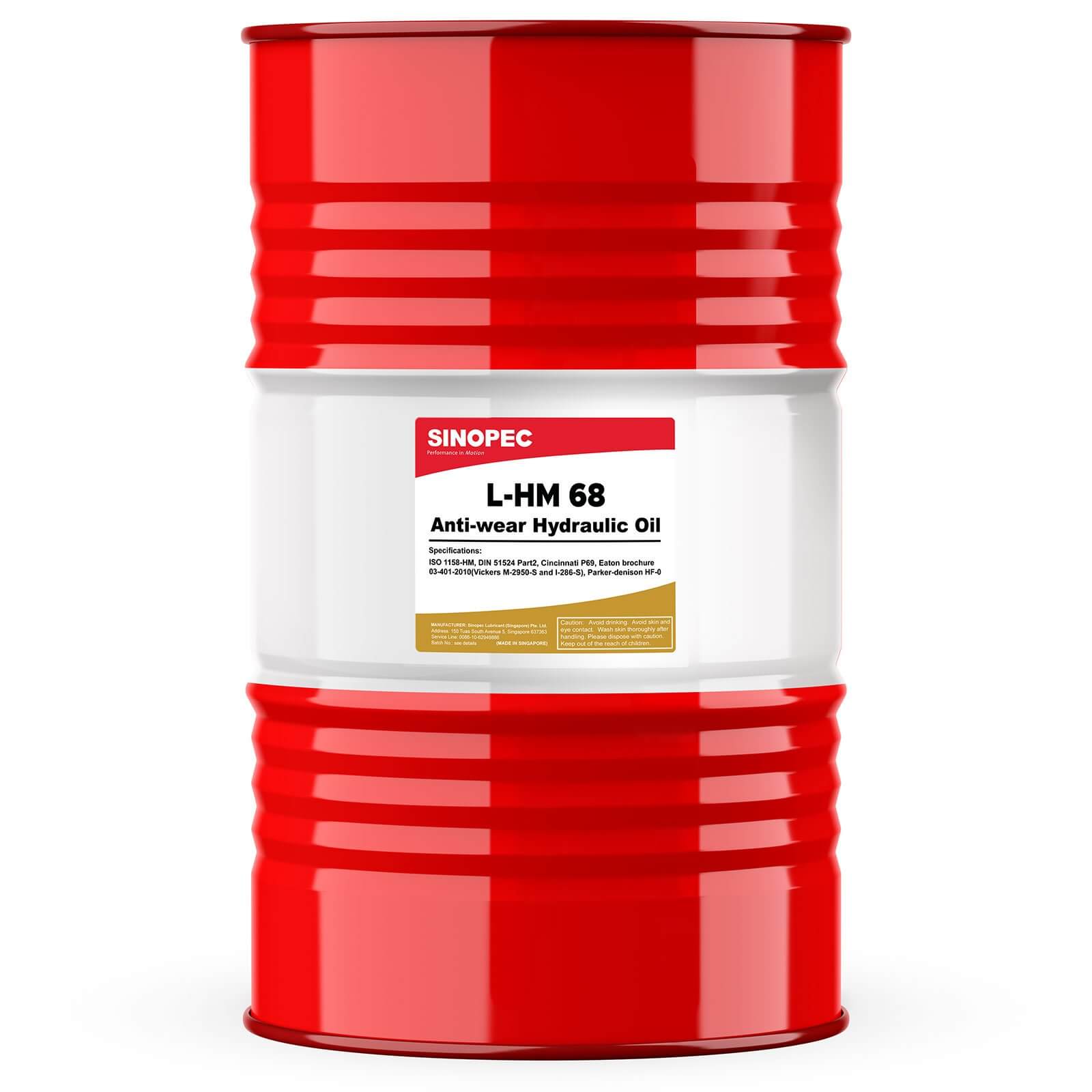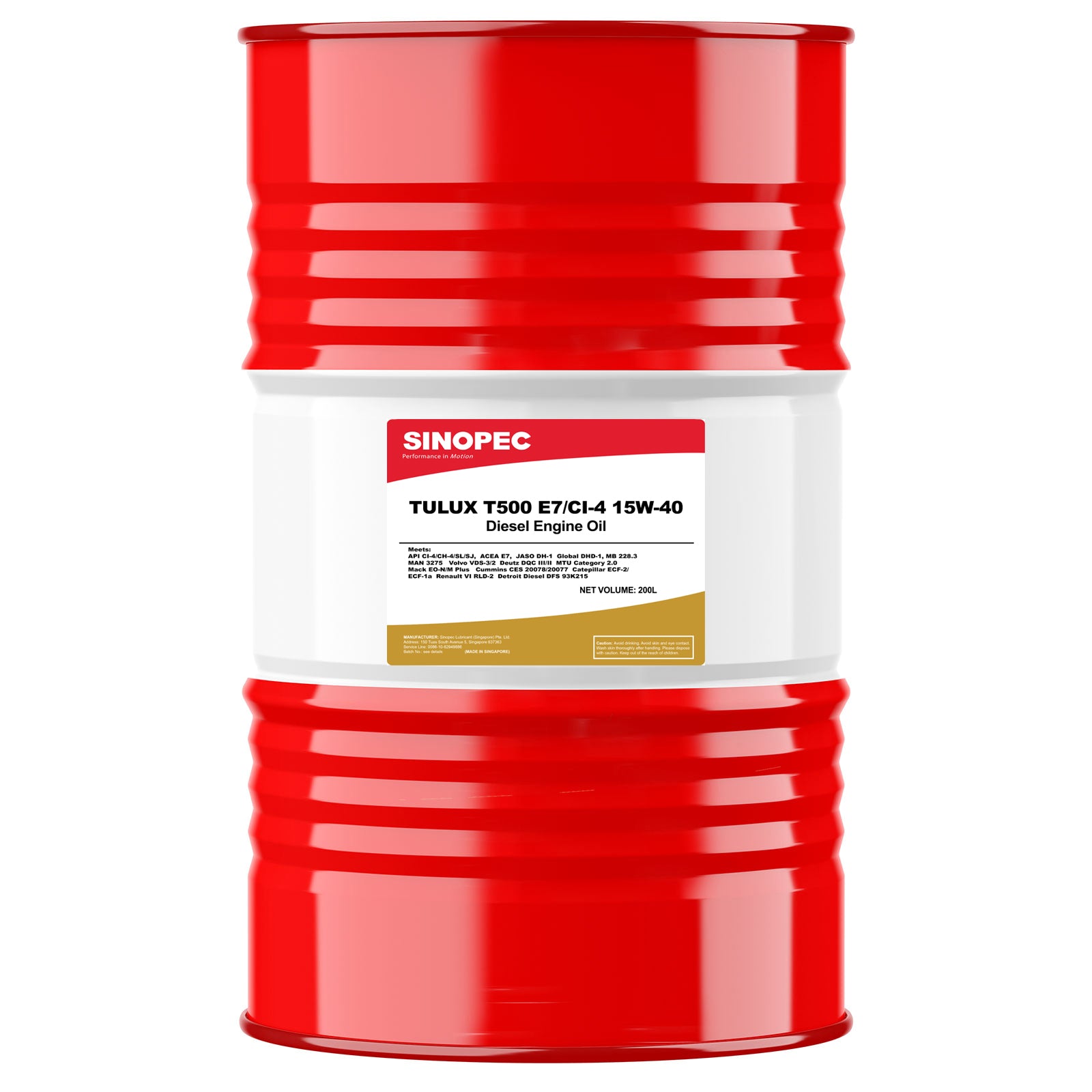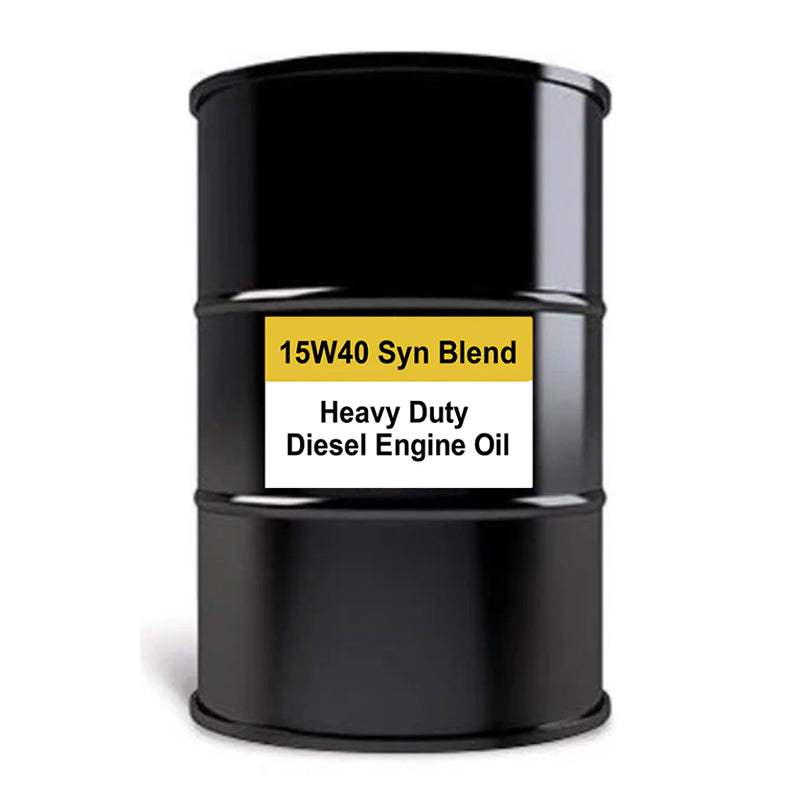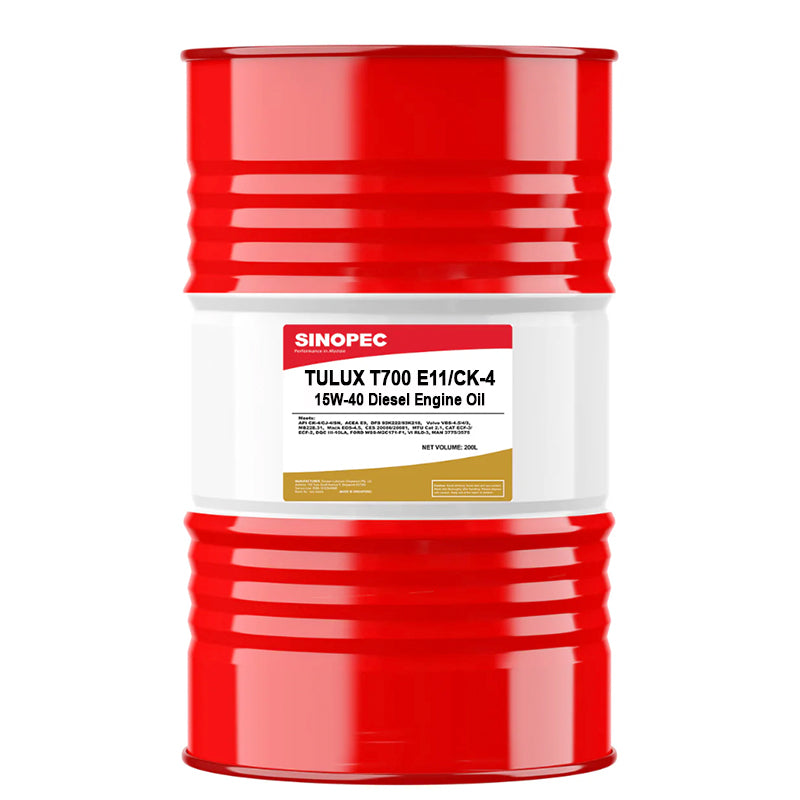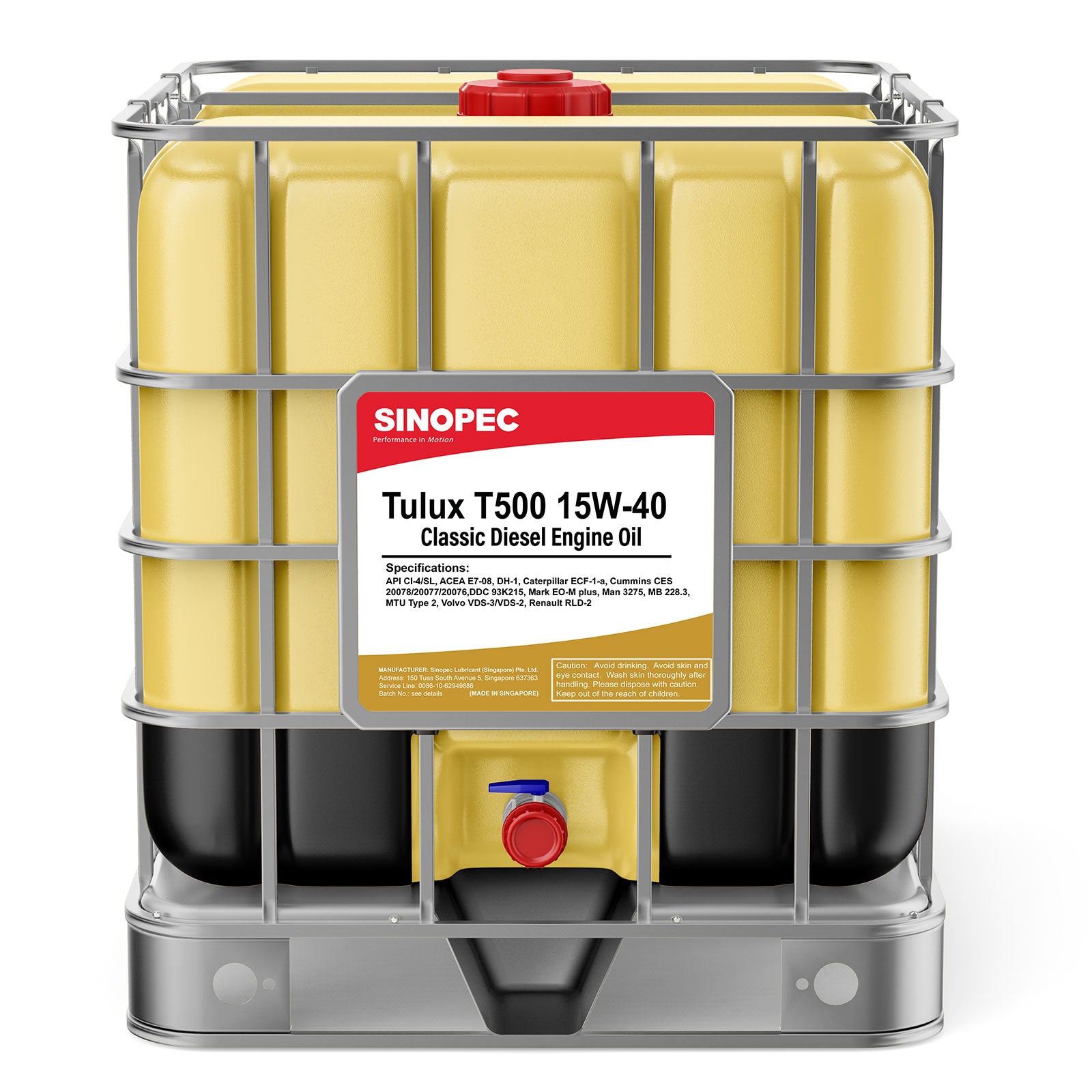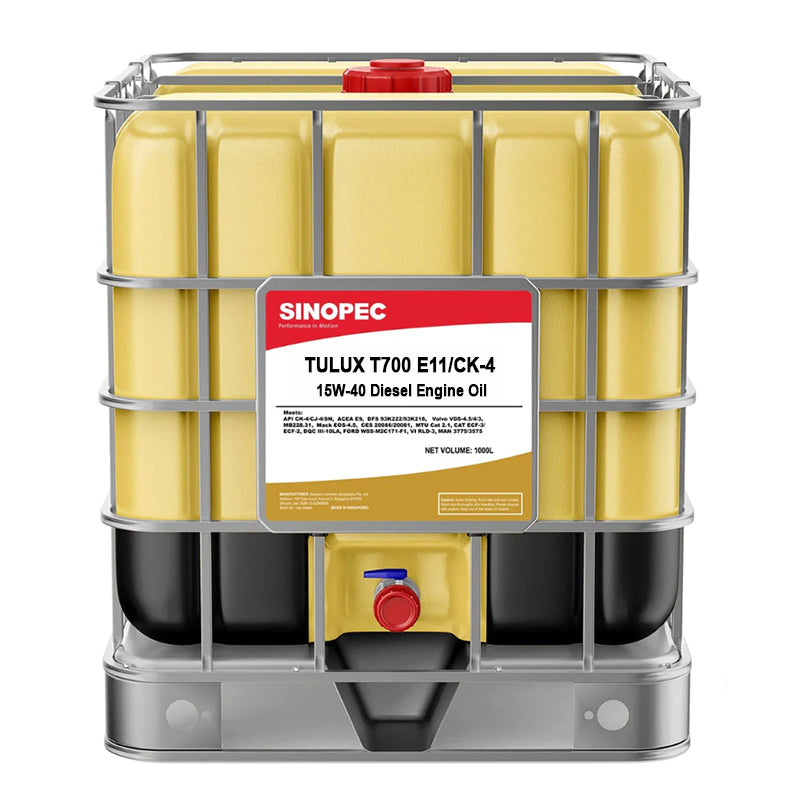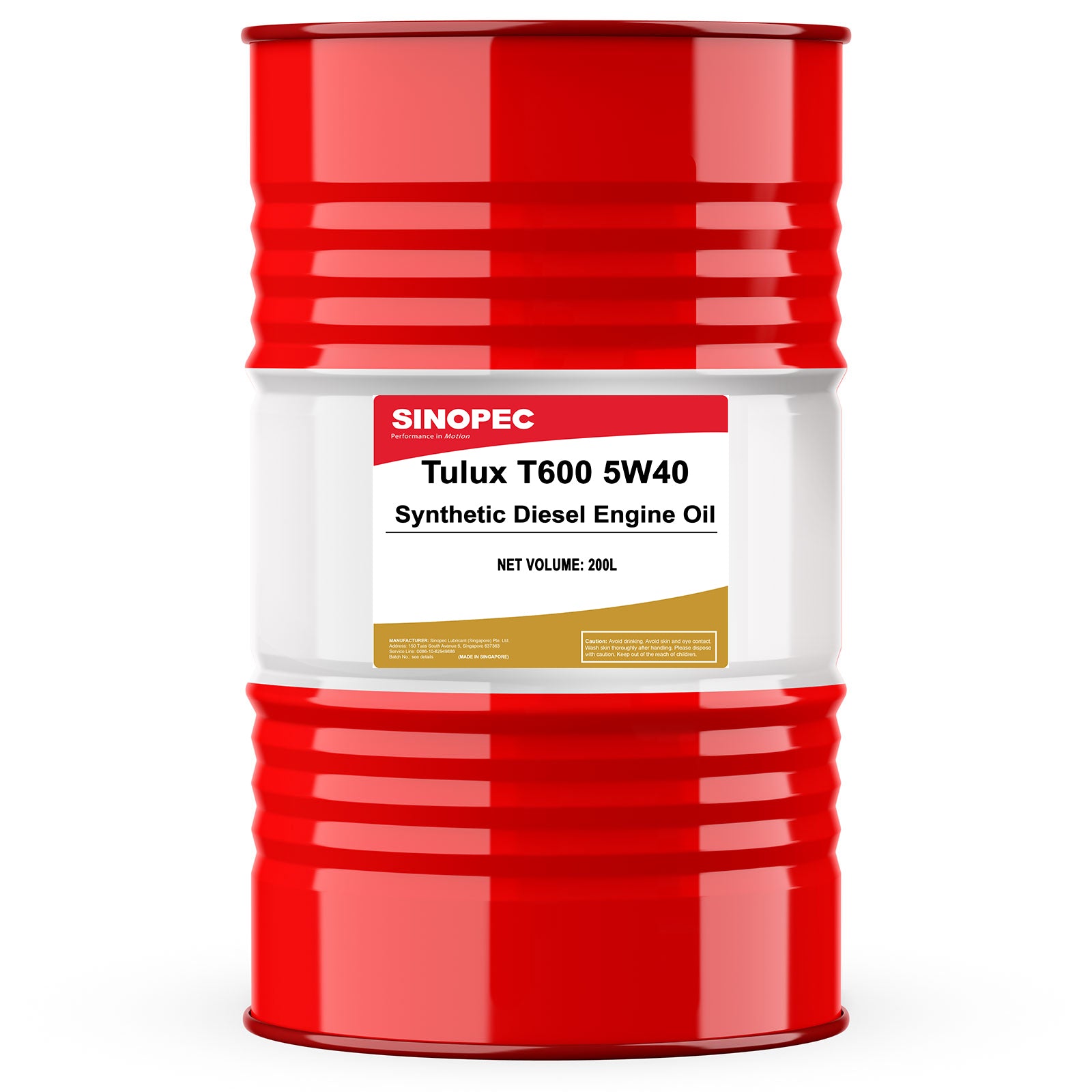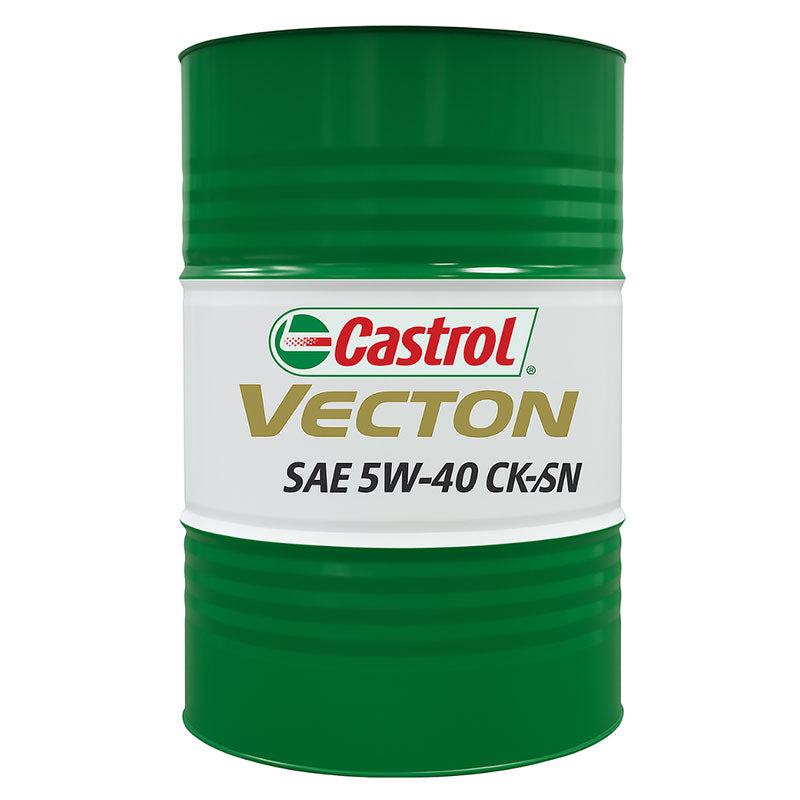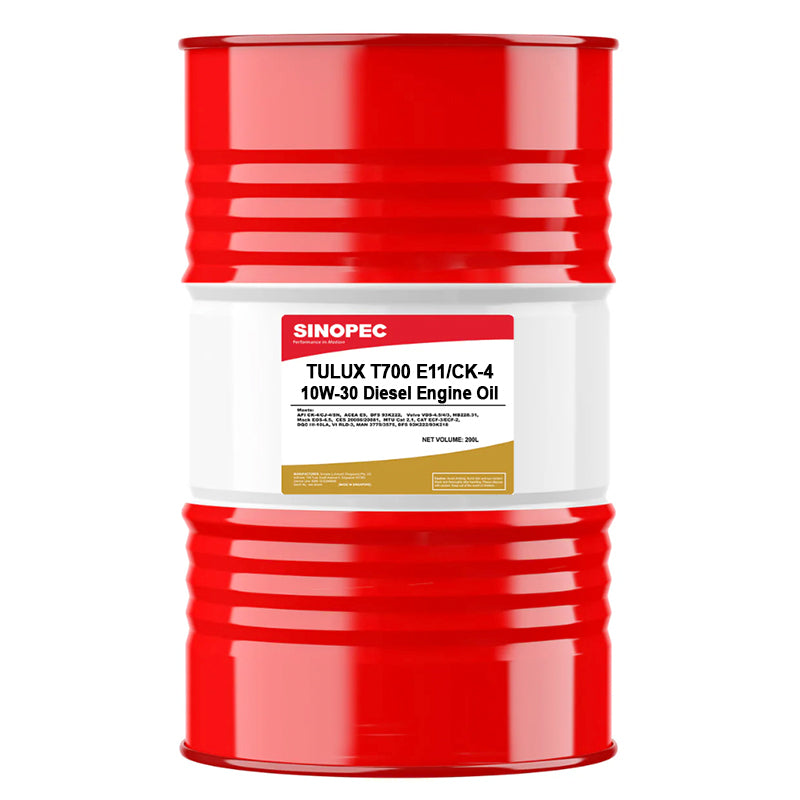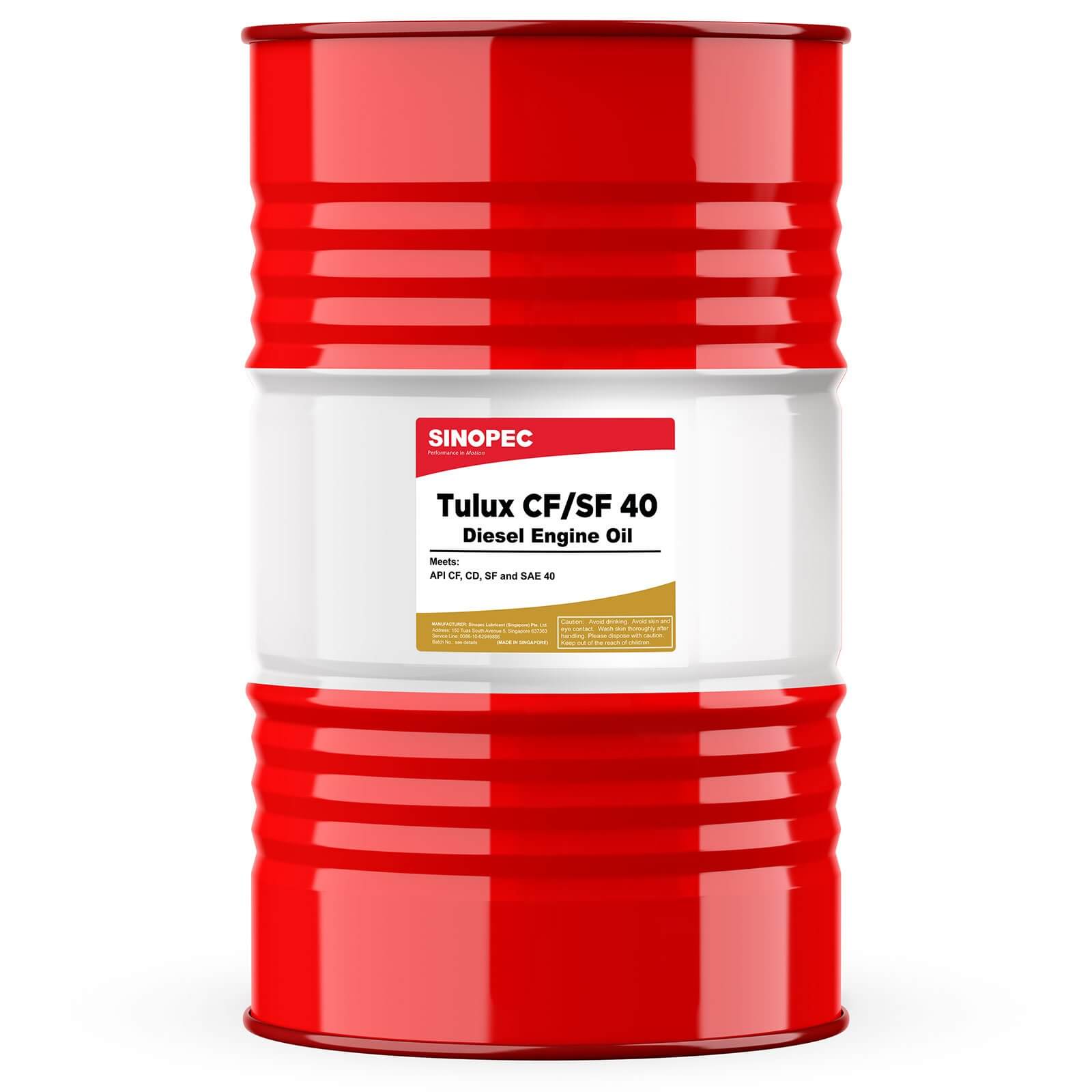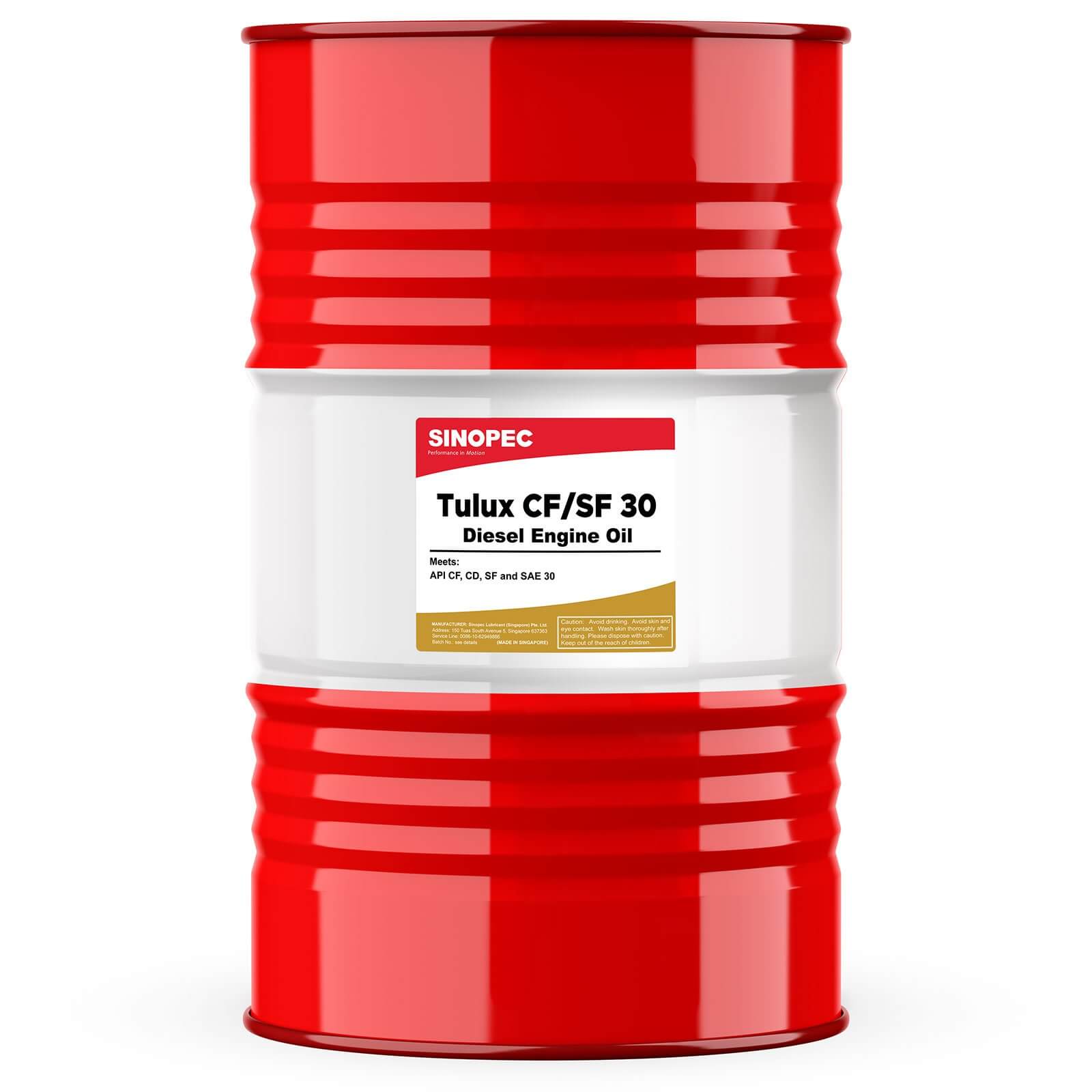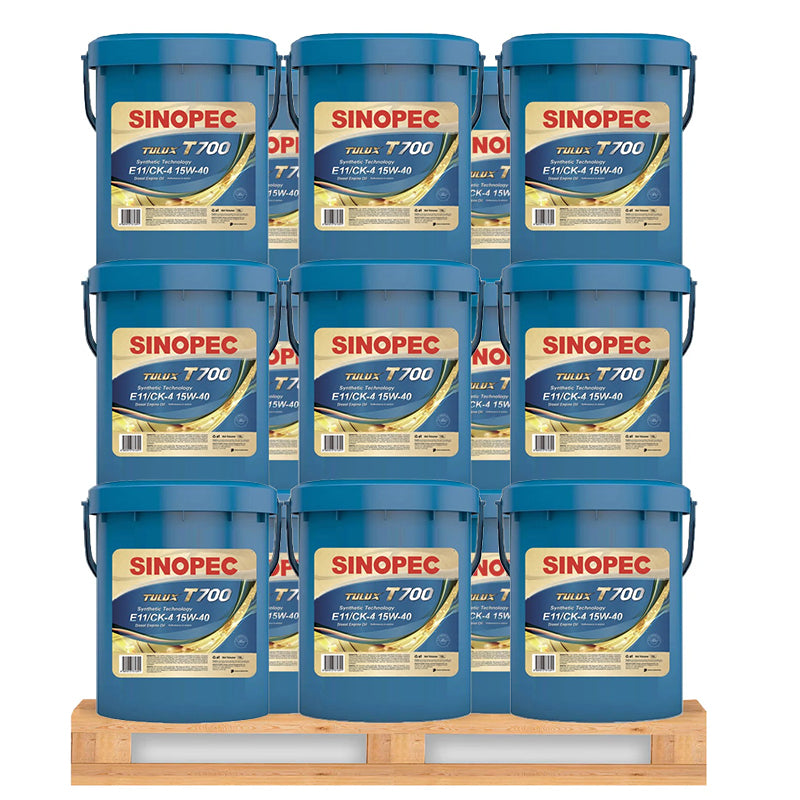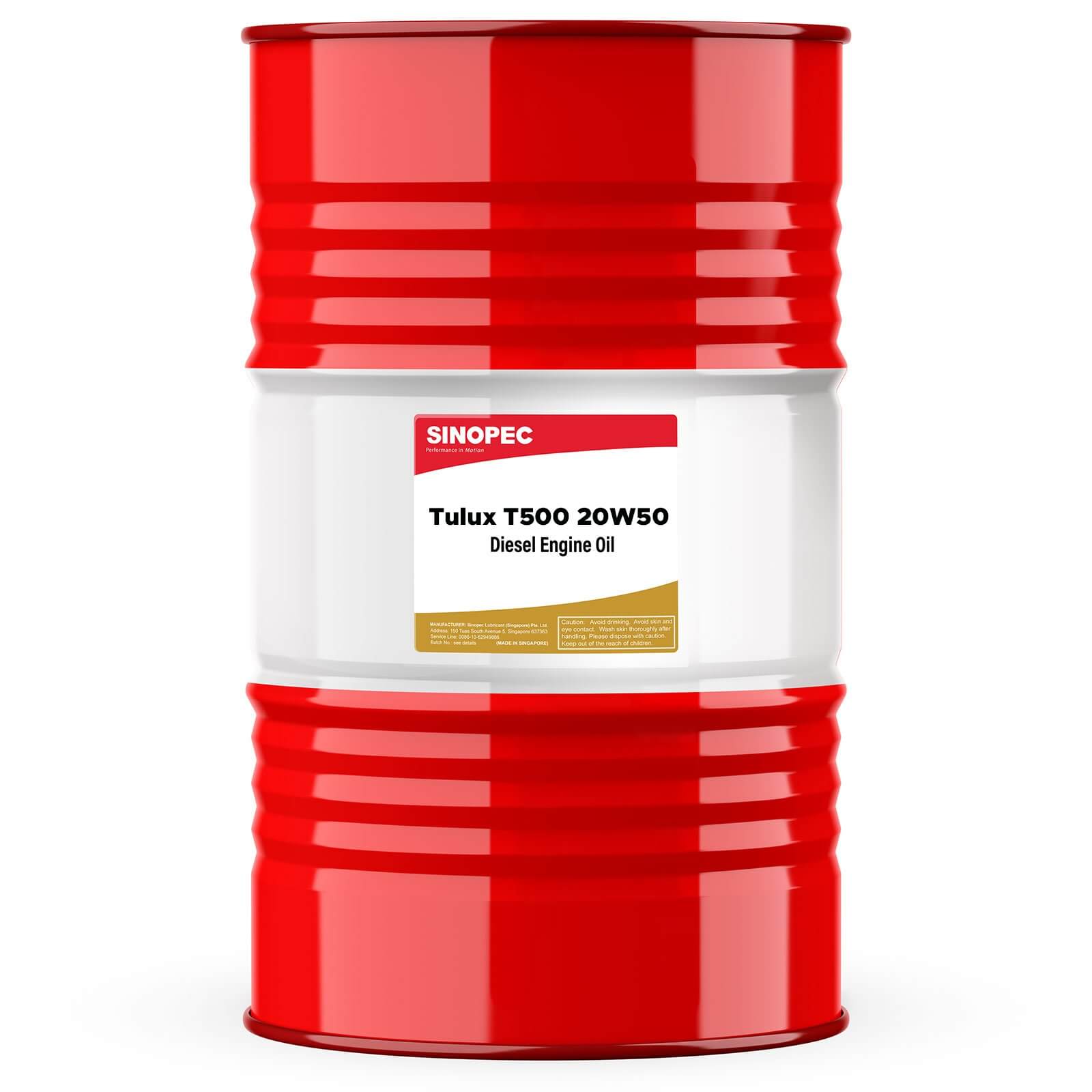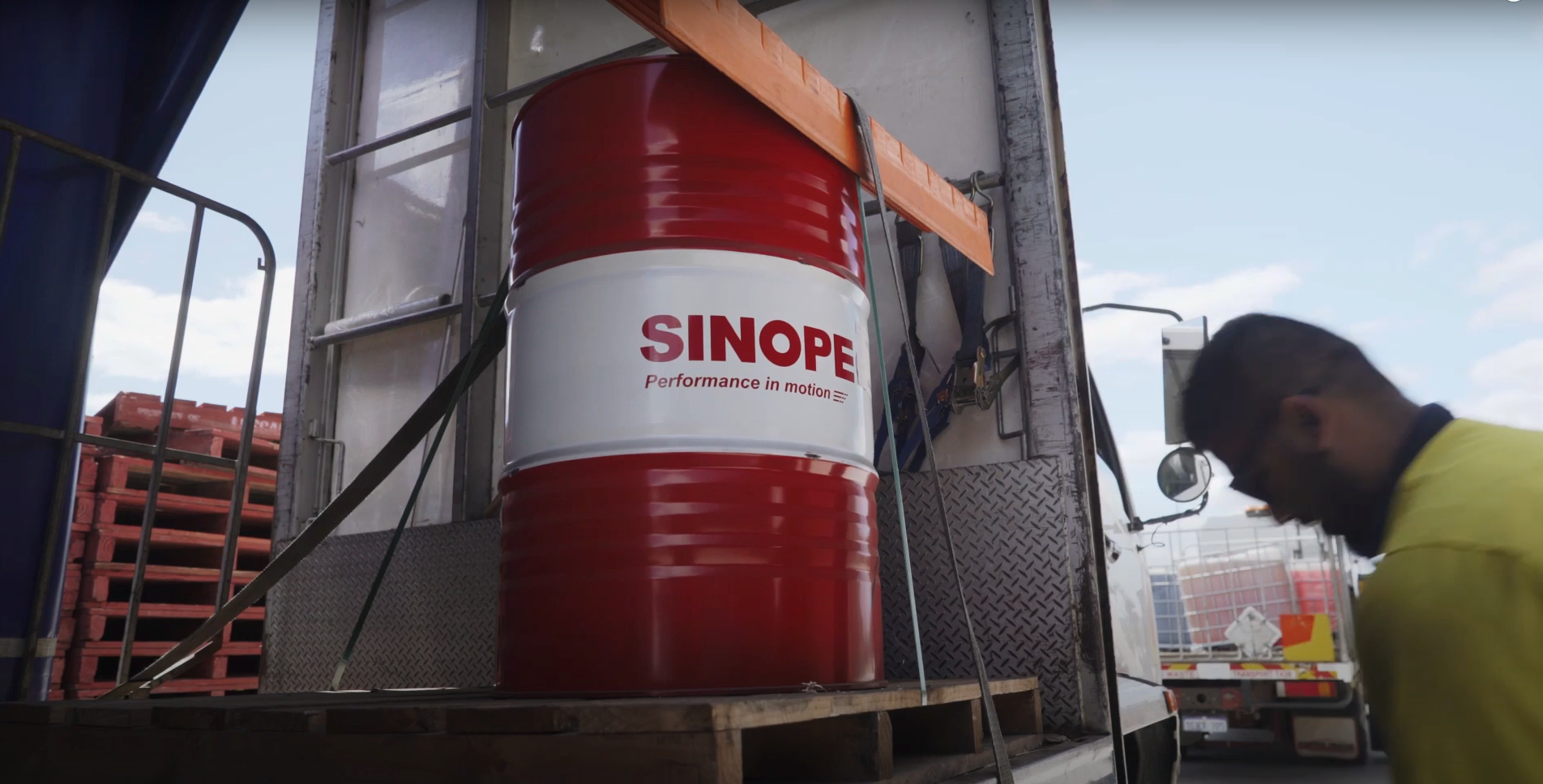Key points to consider when selecting fluids include the following:
• Select an appropriate viscosity grade to ensure that the fluid viscosity at operating temperatures meets viscosity recommendations of the components, particularly for pumps. • Fluids must pass Eaton 35VQ25 pump test and satisfy Eaton E-FDGN-TB002-E fluid specification requirements. • Follow Eaton’s established pump ratings for applications with alternate fluids. • With the proper fluid selection and adequate contamination control practices, end users can achieve reliable operation of pumps for many years. • Do not assume that a new hydraulic oil is clean; it could be contaminated. • Transfer oil to hydraulic system reservoir only through filter carts. • Do not mix the fluid with any other type/brand/viscosity grade fluid, as it may cause gelation, additive precipitation, miscibility, filter blockage, and viscosity change. • Clean and flush hydraulic system including reservoir if any component fail catastrophically. The particles generated may damage other components. • Isolate contamination-sensitive components before flushing the hydraulic system. • Contamination limit should be maintained throughout the fluid life. • Select filter ratings based on the system cleanliness requirements. • Flush the system with the fresh fluid, even after cleaning the system manually. • For changing to a different type fluid, clean the system thoroughly, and flush with the fresh fluid to avoid any contamination with the previous fluid used.
How Do You Know if You're Using the Right Hydraulic Oil?
For most lubricated machines, there are many options when it comes to lubricant selection. Just because a machine will run with a particular product doesn’t mean that product is optimum for the application. Most lubricant misspecification don’t lead to sudden and catastrophic failure; rather, a misspecification shortens the average life of the lubricated components and, thus, goes unnoticed. With hydraulics, there are two primary considerations – the viscosity grade and the hydraulic oil type (AW or R&O). These specifications are typically determined by the type of hydraulic pump employed in the system, the operating temperature and the system’s operating pressure. Selecting the best product for your system requires that you collect and utilize all available information.
Hydraulic Fluid
Hydraulic fluid has many roles in the smooth operation of a well-balanced and designed system. These roles range from a heat transfer medium, a power transfer medium and a lubrication medium. The chemical makeup of a hydraulic fluid can take many forms when selecting it for specific applications. It can range from full synthetic (to handle drastic temperature and pressure swings) to water-based fluids (used in applications where there is a risk of fire).A synthetic fluid is a manmade chain of molecules that are precisely arranged to provide excellent fluid stability, lubricity and other performance-enhancing characteristics. These fluids are great choices where high or low temperatures are present and/or high pressures are required. There are some disadvantages to these fluids, including high cost, toxicity and potential incompatibility with certain seal materials.A petroleum fluid is a more common fluid and is made from refining crude to a desired level to achieve better lubricant performance with the inclusion of additives, which range from anti-wear (AW), rust and oxidation inhibitors (RO) and viscosity index (VI) improvers. These fluids offer a lower-cost alternative to synthetics and can be very comparable in performance when certain additive packages are included. Water-based fluids are the least common of the fluid types. These fluids are typically needed where there is a high probability of fire. They are more expensive than petroleum but less expensive than synthetics. While they offer good protection for fire, they do lack on wear protection abilities.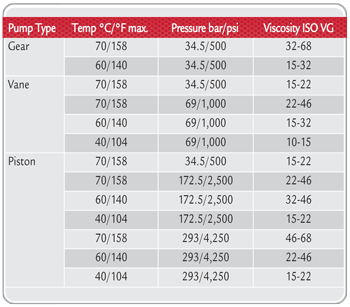 Figure 1. Viscosity Selection for Hydraulic FluidsPumps and Viscosity RequirementsThere are three major design types of pumps used in hydraulic systems: vane, piston and gear (internal and external), and each of these pump designs are deployed for certain performance tasks and operations. Each pump type must be treated on a case-by-case basis for lubricant selection.Vane: The design of a vane pump is exactly what its name depicts. Inside the pump, there are rotors with slots mounted to a shaft that is spinning eccentrically to a cam ring. As the rotors and vanes spin within the ring, the vanes become worn due to the internal contact between the two contacting surfaces. For this reason, these pumps are typically more expensive to maintain, but they are very good at maintaining steady flow. Vane pumps typically require a viscosity range of 14 to 160 centistokes (cSt) at operating temperatures.Piston: Piston pumps are your typical middle-of-the-road hydraulic pump, and are more durable in design and operation than a vane pump; they can produce much higher operating pressures, up to 6,000 psi. The typical viscosity range for piston pumps is 15 to 160 cSt at operating temperatures.Gear: Gear pumps are typically the most inefficient of the three pump types, but are more agreeable with larger amounts of contamination. Gear pumps operate by pressurizing the fluid between the trapped air volume of the meshing teeth of a gear set and the inside wall of the gear housing, then expelling that fluid. There are two main types of gear pumps, internal and external.
Figure 1. Viscosity Selection for Hydraulic FluidsPumps and Viscosity RequirementsThere are three major design types of pumps used in hydraulic systems: vane, piston and gear (internal and external), and each of these pump designs are deployed for certain performance tasks and operations. Each pump type must be treated on a case-by-case basis for lubricant selection.Vane: The design of a vane pump is exactly what its name depicts. Inside the pump, there are rotors with slots mounted to a shaft that is spinning eccentrically to a cam ring. As the rotors and vanes spin within the ring, the vanes become worn due to the internal contact between the two contacting surfaces. For this reason, these pumps are typically more expensive to maintain, but they are very good at maintaining steady flow. Vane pumps typically require a viscosity range of 14 to 160 centistokes (cSt) at operating temperatures.Piston: Piston pumps are your typical middle-of-the-road hydraulic pump, and are more durable in design and operation than a vane pump; they can produce much higher operating pressures, up to 6,000 psi. The typical viscosity range for piston pumps is 15 to 160 cSt at operating temperatures.Gear: Gear pumps are typically the most inefficient of the three pump types, but are more agreeable with larger amounts of contamination. Gear pumps operate by pressurizing the fluid between the trapped air volume of the meshing teeth of a gear set and the inside wall of the gear housing, then expelling that fluid. There are two main types of gear pumps, internal and external.
- Internal gear pumps offer a wide range of viscosity choices, the highest of which can be up to 2,200 cSt. This type offers good efficiency and quiet operation, and can produce pressures from 3,000 to 3,500 psi.
- External gear pumps are less efficient than there counterpart, but have some advantages. They offer ease of maintenance, steady flow, and are less expensive to buy and repair. As with the internal gear pump, this variety can produce pressures ranging from 3,000 to 3,500 psi, but the viscosity range is limited to 300 cSt.
 Figure 2. Example of a Hydraulic System
Figure 2. Example of a Hydraulic System
Application-Based Selection
Application-based selection techniques are the reality checks to make sure all of the time spent selecting the proper viscosity, additives, etc., was not wasted by simply ignoring the application’s requirements and operating conditions. Just following OEM specifications will not be enough to ensure that the correct hydraulic oil is selected; these are typically for best-case scenarios. Ignoring these reality checks will most often still lead to failures down the road. They may not be as rapid as selecting the wrong viscosity, but they will eventually happen; therefore, application and operating factors should be taken seriously.

